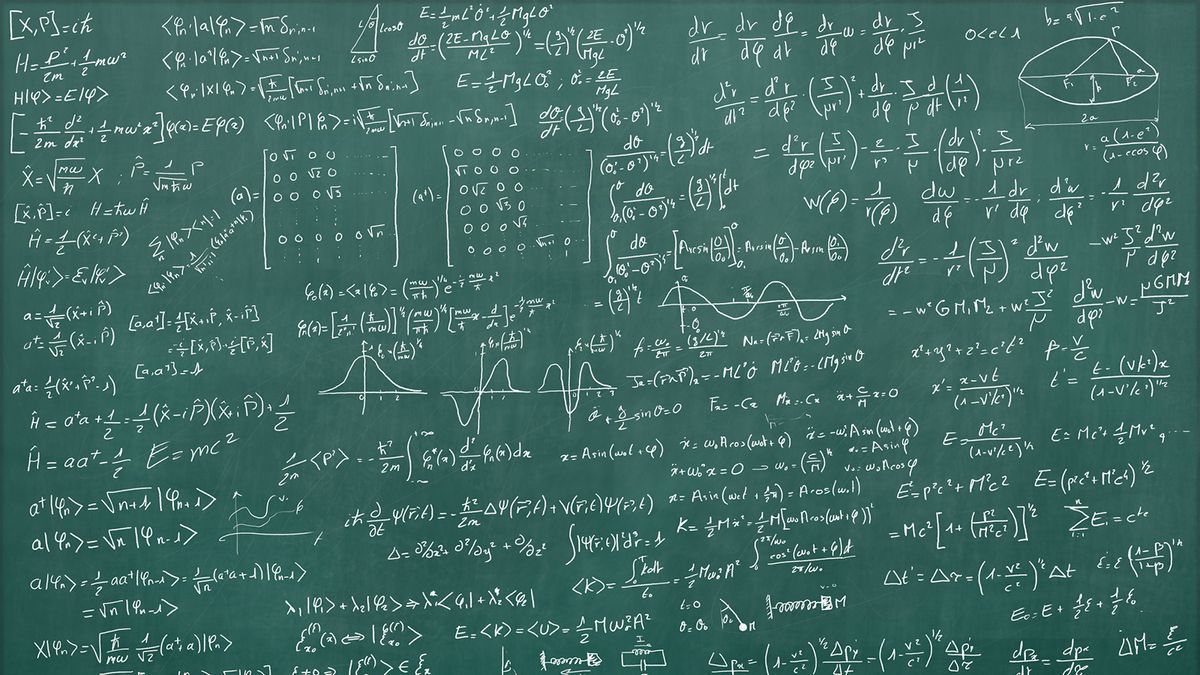
The associative property states that in problems which purely concern addition and multiplication, the location of parentheses in the operation do not change the result. Next, we’ll go over problems that make the associative property applicable.
Associative Property Examples
How does the associative property apply? Depending on context, the associative property is applicable to addition, multiplication, subtraction, and division. However, combining two or more types of operation may make the associative property no longer applicable.
Advertisement
In most problems where we can apply the associative property formula or law, the parentheses can also be removed entirely and we’ll get the same answer.
Associative Property of Addition
The associative property of addition can be expressed as follows:
(A + B) + C = A + (B + C) = A + B + C
Now, with real numbers:
(13 + 48) + 6 = 67
13 + (48 + 6) = 67
13 + 48 + 6 = 67
As you can see, the location of the parentheses and how the numbers are grouped has no bearing on our result. The same rule can also be applied to subtraction problems, or addition and subtraction together, as long as the order of rational numbers is not changed.
(A + B) – C = A + (B – C) = A + B – C
(13 + 48) – 6 = 61
13 + (48 – 6) = 61
13 + 48 – 6 = 61
In these types of equations where the placement of parentheses is unimportant to the result, leaving them out of your work altogether will likely be the best practice. However, math textbooks may include them in order to test your understanding of the associative property.
Associative Property of Multiplication
When multiplying numbers, the associative property of multiplication states that the product of numbers remains the same no matter how our numbers are grouped.
(A x B) x C = A x (B x C) = A x B x C
(13 x 48) x 6 = 3,744
13 x (48 x 6) = 3,744
13 x 48 x 6 = 3,744
When Not to Apply the Associative Property
The associative law states that it will not be applicable in equations where moving parentheses will change our answer.
The most common examples we’ll encounter in math are problems that mix addition and multiplication or any combination of these. For these following equations, the distributive property is in effect, meaning operations inside parentheses must be solved first.
(A x B) + C ≠ A x (B + C)
Using real numbers:
(13 x 48) + 6 ≠ 13 x (48 + 6)
To see why these two versions of the problem are not the same, we can simplify them by solving the numbers inside parenthetical brackets first.
(13 x 48) + 6 = 624 + 6 = 630
13 x (48 + 6) = 13 x 54 = 702
While the associative property of addition can also be applicable to subtraction, this associative property of multiplication cannot be used for division equations involving more than two numbers. Therefore, division problems containing at least three numbers will not be applicable to associative law.
(A / B ) / C ≠ A / (B / C)
(13 / 48) / 6 = .0451
13 / (48 / 6) = 1.625
Advertisement
 Print
Print




